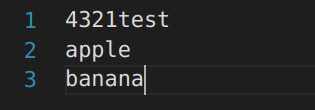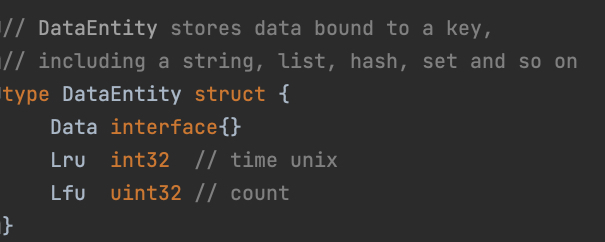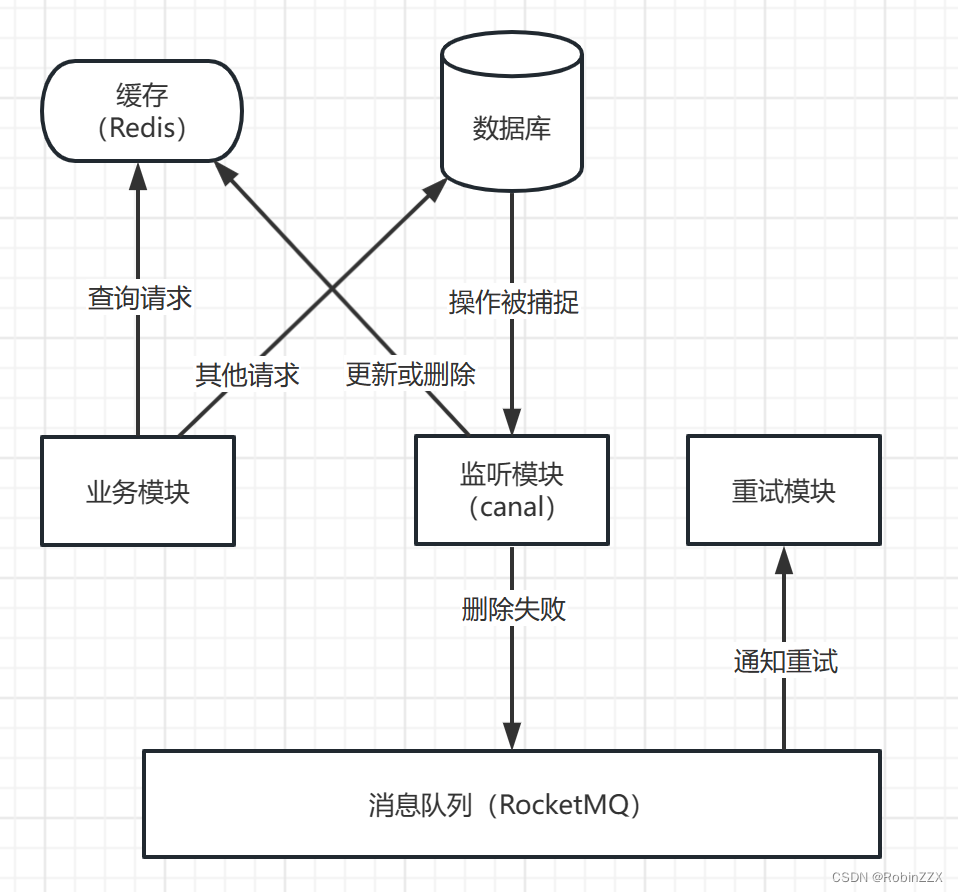C++文件和流
C++文件的读写流用的是fstream库,它定义了三个新的数据类型:
| 数据类型 | 描述 |
|---|---|
| ofstream | 该数据类型表示输出文件流,用于创建文件并向文件写入信息。 |
| ifstream | 该数据类型表示输入文件流,用于从文件读取信息。 |
| fstream | 该数据类型通常表示文件流,且同时具有 ofstream 和 ifstream 两种功能,这意味着它可以创建文件,向文件写入信息,从文件读取信息。 |
打开文件
从文件读取信息或向文件写入信息之前,必须先打开文件,用到open()函数,open()函数是fstream,ifstream,ofsteam对象的一个成员
open()函数的第一参数是要打开的文件的名称,第二个参数是模式:open(path,mode);
| 模式标志 | 描述 |
|---|---|
| ios::app | 追加模式。所有写入都追加到文件末尾。 |
| ios::ate | 文件打开后定位到文件末尾。 |
| ios::in | 打开文件用于读取。 |
| ios::out | 打开文件用于写入。 |
| ios::trunc | 如果该文件已经存在,则先删除该文件,再重新创建 |
| ios::binary | 二进制方式 |
且可以把多个模式结合起来用,如:
ofstream outfile;
outfile.open("data.dat",ios::out|ios::trunc);
就是以写入模式打开文件,且如果文件已经存在,就把之前的内容截断
关闭文件
虽然程序终止时,会自动关闭刷新所有的流,释放所有分配的内存,并关闭所有打开的文件,但最好还是在程序终止前用close()函数关闭文件
void close();
读写文件流
fstream也有类似cout,cin的流操作,ofstream<<str;一个ofstream对象可以和<<连接使用,将后面的内容写入ofstream对象打开的文件
如:
#include<iostream>
#include<fstream>
using namespace std;
int main(){
ofstream outfile("data.dat");
int a=4321;
outfile<<a<<"test";
}

同样,ifstream对象可以和>>连用,将ifstream对象打开的文件的内容读到变量中。如:
#include<iostream>
#include<fstream>
using namespace std;
int main(){
ifstream infile("data.dat");
string str;
infile>>str;
cout<<str;
}

逐行和逐个字符读文件

逐个字符
#include<iostream>
#include<fstream>
using namespace std;
int main(){
fstream file;
char c;
file.open("data.dat",ios::in);
while(!file.eof()){
file>>c;
cout<<c;
}
file.close();
cout<<endl;
}

file.eof()是文件对象的成员,当读到文档的结尾时,会返回一个EOF标志,eof()函数当遇到EOF标志时,返回boolean的true
逐行读取
需要用到getline()函数:getline(char* str,int size,char delim);
str:用来接收读文件流的字符串变量
size:字符数
delim:分隔符,一般为'\n'
#include<iostream>
#include<fstream>
using namespace std;
int main(){
fstream file;
char buffer[256];
file.open("data.dat",ios::in);
while(!file.eof()){
file.getline(buffer,256,'\n');
cout<<buffer<<endl;
}
file.close();
cout<<endl;
}

流指针
ifstream 对象有一个get pointer指针,指向下一个被读取的元素
ofstream有一个put pointer指针,指向写入下一个元素的位置
fstream,同时继承了get和put指针
- 获取流指针的位置
tellg()和tellp(),返回一个整数,表示当前的get和put指针的位置
- 设置流指针的位置
seekg()和seekp(),他们有两种函数原型:
seekg(pos_type position);只有一个参数时,定义到第position的位置
seekg(off_type offset,seekdir direction)有两个参数时,用偏移量定位,direction是定位的初位置,offset是前后偏移量
| 参数 | 含义 |
|---|---|
| ios::beg | 从流开始位置计算的位移 |
| ios::cur | 从流指针当前位置开始计算的位移 |
| ios::end | 从流末尾处开始计算的位移 |
如:
file.seekg(-10,ios::cur)
就是从当前位置向前移动10个字节
例子:
#include<iostream>
#include<fstream>
using namespace std;
int main(){
fstream file;
file.open("data.dat",ios::in|ios::out);
char buffer[100];
file<<"Hello,tom";
file>>buffer;
file.close();
cout<<buffer;
}
对文件先写后读,输出:

因为写完指针移动到了末尾,然后读就什么都读不出来,需要移动get指针
#include<iostream>
#include<fstream>
using namespace std;
int main(){
fstream file;
file.open("data.dat",ios::in|ios::out);
char buffer[100];
file<<"Hello,tom";
file.seekg(0);
file>>buffer;
file.close();
cout<<buffer;
}

二进制读写
二进制数据的读写用的是write和read函数:
write/read(char* buffer,streamsize size);
如:
#include<iostream>
#include<fstream>
using namespace std;
int main(){
fstream file;
file.open("data.dat",ios::in|ios::out|ios::binary);
char buffer[100];
file.write("Hello,eva",9);
file.seekg(0);
file.read(buffer,9);
file.close();
cout<<buffer;
}
























